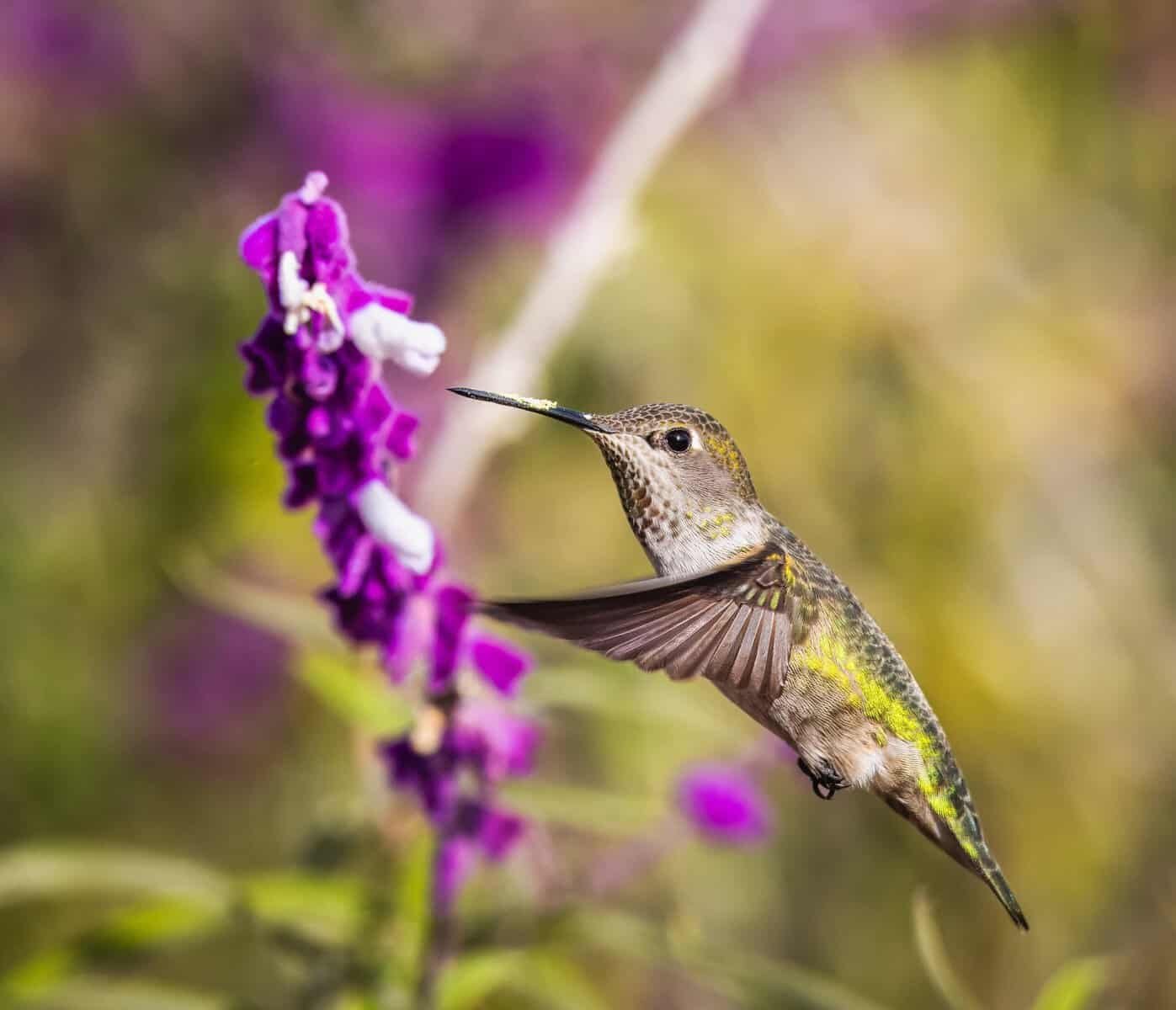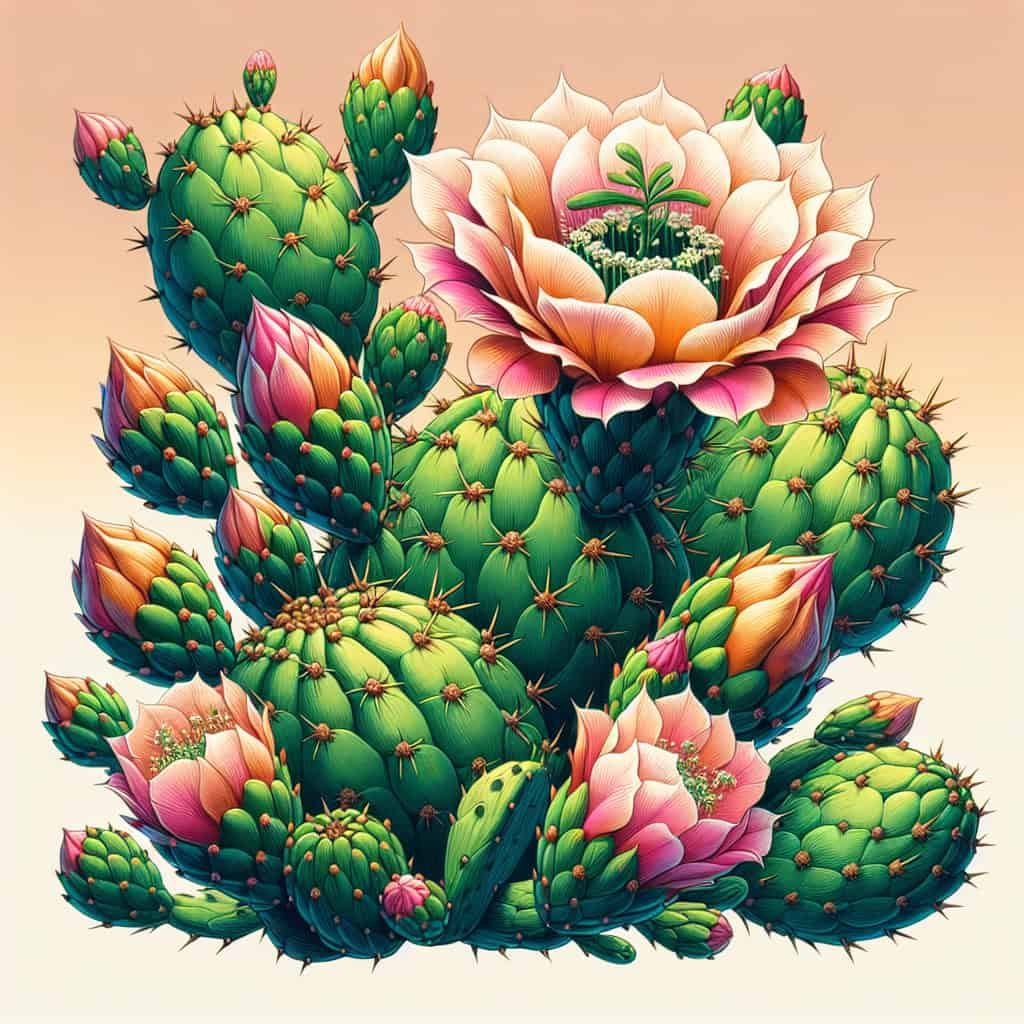If you’re wondering how to encourage flower growth in nopal plants for a fruitful harvest, you’re in the right place! Nopal, also known as prickly pear cactus, is a versatile plant that not only adds a touch of natural beauty to any landscape but can also offer delicious and nutritious fruits. In this article, we’ll uncover some simple yet effective methods to promote flowering in nopal, allowing you to enjoy a plentiful bounty of mouthwatering fruits. So, grab your gardening gloves and let’s get started!
Choosing the Right Variety
When it comes to growing nopal for fruit production, selecting the right variety is crucial. Consider the climate in your area when choosing a variety. Nopal thrives in warm and dry climates, so it’s important to choose a variety that is well-suited to your specific climate conditions. Some varieties may be more tolerant to cold temperatures or drought, so take those factors into consideration.
In addition to climate, it’s also important to select disease-resistant varieties. Nopal can be susceptible to various diseases, so choosing a variety that has resistance to common diseases can greatly reduce the risk of crop loss. Look for varieties that are labeled as disease-resistant or consult with local agricultural experts for recommendations.
Finally, consider choosing self-fertile varieties of nopal. Self-fertile varieties can produce fruit without the need for cross-pollination from another plant. This can be particularly beneficial if you have limited space for multiple nopal plants or if there are no other nopal plants nearby for cross-pollination.
Providing Adequate Sunlight
Nopal plants require plenty of sunlight to thrive and produce an abundant fruit harvest. When selecting a location for your nopal plants, choose an area that receives full sunlight for most of the day. A minimum of 6 hours of direct sunlight per day is recommended for optimal fruit production.
Ensure that there are no large trees or structures that may cast shade on your nopal plants. Nopal needs direct sunlight to fuel its growth and fruit development. If necessary, consider trimming or removing any nearby trees or structures that may obstruct sunlight.

Maintaining Optimal Soil Conditions
To ensure the healthy growth and productivity of your nopal plants, it’s important to provide them with the right soil conditions. Choose well-draining soil that allows excess water to flow away from the roots. Nopal plants are susceptible to root rot, so it’s crucial to avoid waterlogged soil.
Test the pH of your soil and aim for a slightly acidic to neutral range, ideally around 6 to 7. This pH range provides optimal nutrient availability to the plants. If your soil pH is too low or too high, you can adjust it by adding amendments such as lime to raise the pH or sulfur to lower it.
Additionally, improving soil fertility is essential for healthy nopal growth. Incorporate organic matter into the soil, such as compost or well-decomposed manure, to enrich it with essential nutrients. This will provide a nutrient-rich environment for your nopal plants to thrive and produce abundant fruit.
Proper Irrigation Practices
Proper irrigation is key to the success of your nopal plants. Water your nopal regularly and consistently, ensuring that the soil stays moist but not waterlogged. Nopal plants have shallow roots, so frequent watering is necessary to keep the soil adequately hydrated.
However, it’s important to avoid overwatering as this can lead to root rot and other moisture-related issues. Allow the top inch of soil to dry between waterings to prevent waterlogging. Mulching around the base of the plants can help conserve moisture and regulate soil temperature.
Consider using drip irrigation for your nopal plants. Drip irrigation ensures that water is delivered directly to the root zone, minimizing water loss due to evaporation. This method also helps prevent water from splashing onto the pads, reducing the risk of fungal diseases.

Implementing Correct Pruning Techniques
Pruning is an important aspect of nopal care that can promote healthy growth and fruit production. Prune your nopal plants to encourage airflow and prevent the development of fungal diseases. Trim any overlapping or crowded pads to create space for air circulation.
It’s also crucial to remove any diseased or damaged pads from your nopal plants. These can serve as breeding grounds for pests and diseases, and their removal will help maintain the overall health of the plants. Regularly inspect your nopal plants and promptly remove any damaged or affected pads.
When pruning, make clean cuts using sharp and sterile pruning tools. This reduces the risk of introducing infections to the plants. Dispose of the pruned pads properly to prevent the spread of diseases.
Applying Organic Fertilizers
To ensure optimal growth and fruit production, providing your nopal plants with adequate nutrients is essential. Organic fertilizers are a great choice for nourishing nopal plants. Use compost or well-decomposed manure to enrich the soil with organic matter and essential nutrients.
Incorporate organic amendments into the soil before planting your nopal. This will give the plants a strong start and provide a nutrient-rich environment. Additionally, apply organic fertilizers during the growing season to replenish nutrients that may have been used up by the plants.
Follow the application instructions on the fertilizer packaging and avoid over-fertilizing, as this can cause imbalances and potentially harm your nopal plants.

Managing Pest and Disease Infestations
Keeping your nopal plants healthy and free from pests and diseases is crucial for successful fruit production. Regularly monitor your plants for common pests such as mealybugs or aphids. These pests can damage the pads and hinder fruit development.
Consider using natural pest control methods, such as introducing beneficial insects or using organic insecticides. Ladybugs and lacewings are natural predators of common nopal pests and can help keep their populations in check.
In addition to pests, be vigilant for signs of disease outbreaks. Fungal diseases like anthracnose or bacterial infections can affect nopal plants. Promptly remove any affected pads, and consider applying organic disease control products to prevent further spread.
Maintaining a clean growing environment can also help prevent pest and disease infestations. Remove any fallen pads, debris, or weeds from around your nopal plants to prevent hiding places and breeding grounds for pests.
Ensuring Pollination
Pollination is paramount for nopal fruit production. To attract pollinators to your garden, plant nectar-rich flowers nearby. Bees, butterflies, and other insects are important pollinators for nopal plants and can significantly increase fruit yield.
If you notice a lack of pollinators in your area, you can perform hand pollination. This involves manually transferring pollen from the male flowers to the female flowers using a small brush or cotton swab. Gently dab the pollen onto the stigma of the female flowers to facilitate pollination.
Repeat the hand pollination process every few days during the flowering period to ensure a higher chance of successful pollination and fruit set.

Protecting Nopal from Extreme Conditions
Extreme weather conditions can pose a threat to your nopal plants and their fruit production. In cold weather, provide shelter to your nopal plants to protect them from frost or freezing temperatures. Consider covering the plants with blankets or frost cloth, or move potted nopal indoors during extreme cold spells.
Excessive heat can also be detrimental to nopal plants. To protect them from intense sunlight and heat stress, provide shading during the hottest hours of the day. Use shade cloth or create natural shade with taller plants or structures. Adequate shading will help maintain a more favorable temperature for your nopal plants.
Harvesting at the Right Time
Knowing when to harvest your nopal fruit is crucial for optimal flavor and quality. Observe the fruits closely and wait until they reach maturity. Mature nopal fruits are firm and vibrantly colored, with no signs of shriveling or discoloration.
To harvest nopal pads for consumption, use gloves and sharp pruning tools. Cut the pads at the base, ensuring a clean and smooth cut. Avoid damaging the remaining plant while harvesting.
For optimal fruit production, follow proper harvesting techniques. Harvest the fruits carefully, ensuring that the pads are not damaged or bruised. Handle the fruits gently to avoid any unnecessary harm or loss of quality.
By following these guidelines, you can promote flowering in your nopal plants and achieve bountiful fruit production. With proper care and attention, your nopal plants will thrive, providing you with delicious and nutritious fruits to enjoy. Happy growing!

